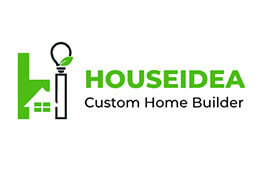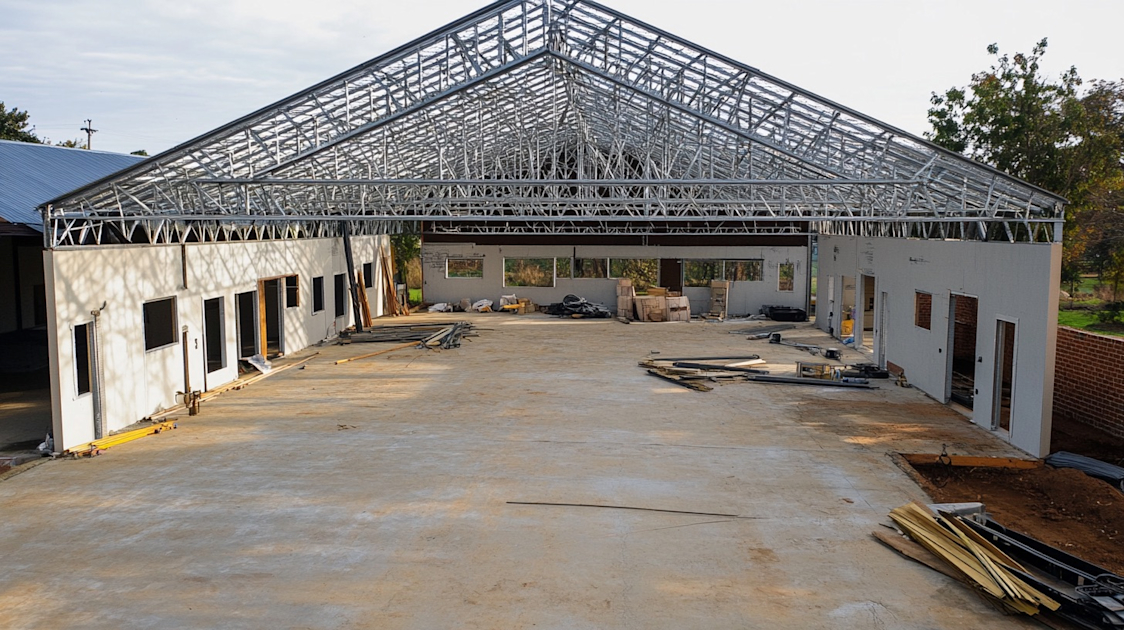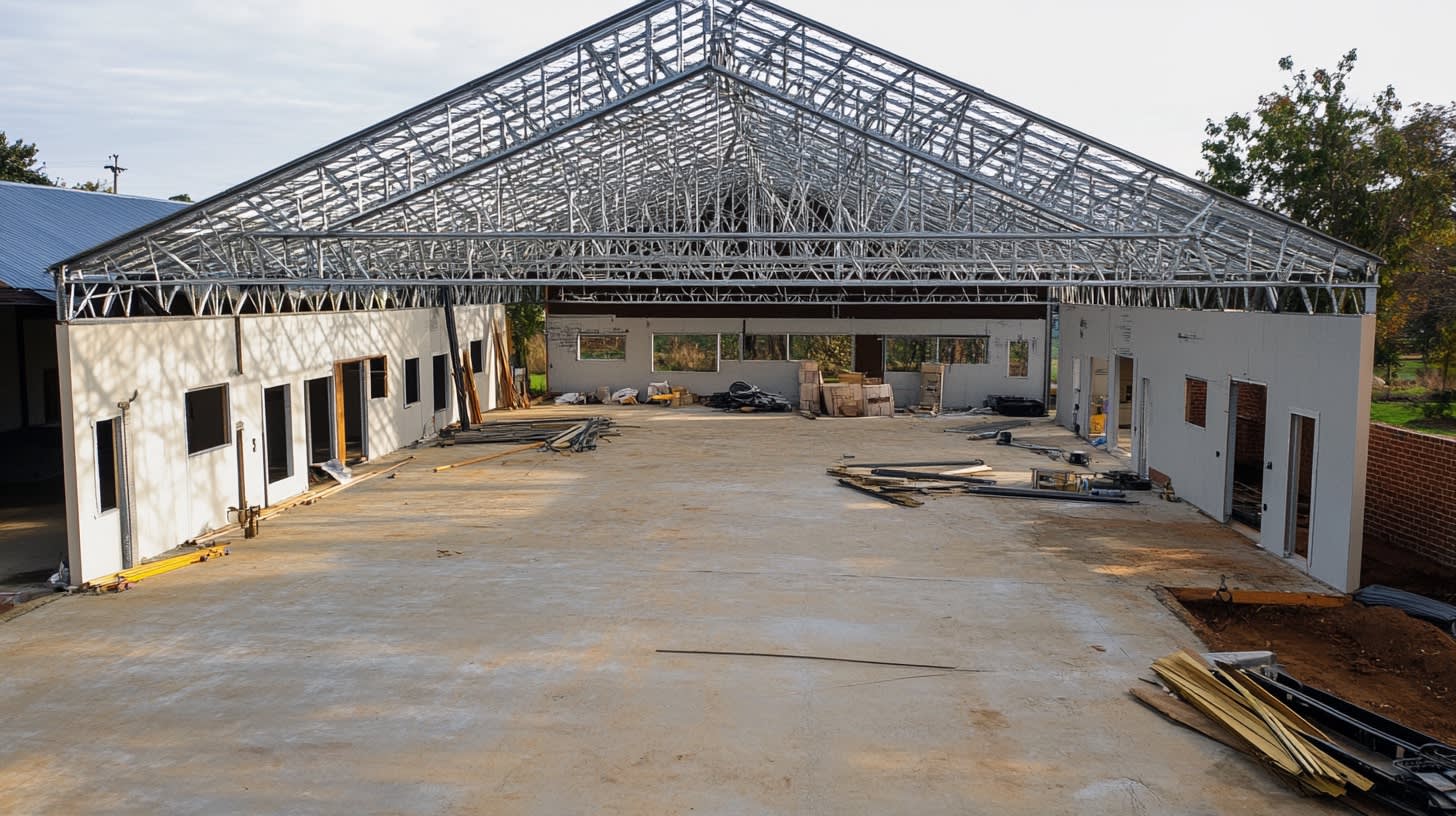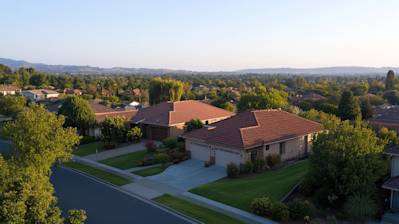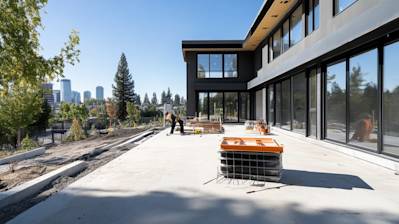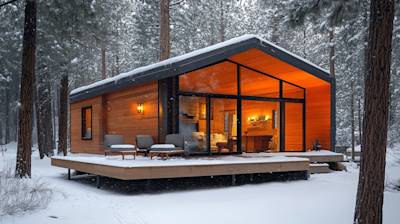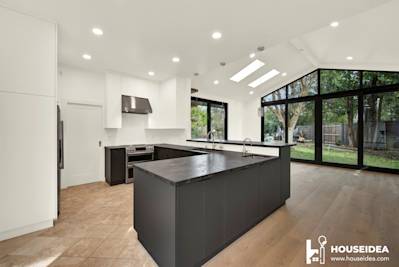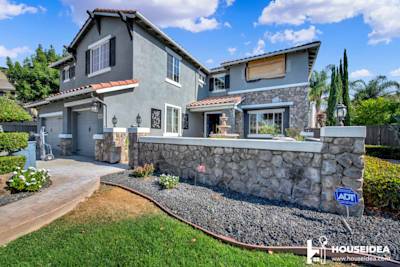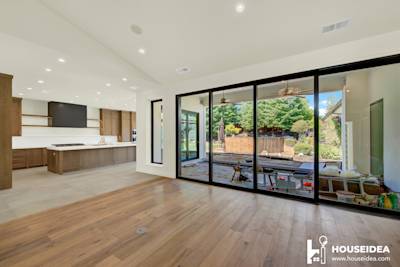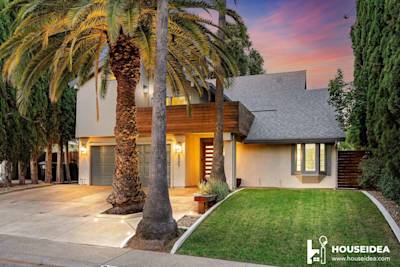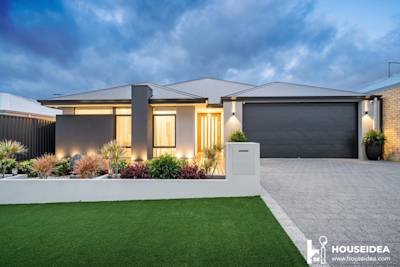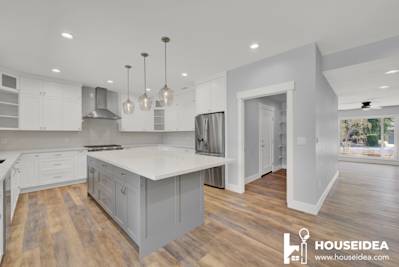The world of architecture and construction is incomplete without mentioning the significant role of "metal trusses". Undoubtedly, trusses constitute one of the primary elements redefining the aesthetics and functionality of infrastructures. In this blog post, we'll delve into the powerful domain of metal trusses, enriching our understanding of their types, applications, design considerations, and strategies to ensure their longevity.
An Insight into Metal Trusses
Abutting architectural sophistication with infrastructural durability, metal trusses enjoy a fascinating vogue in the construction industry. Predominantly, these elements are used to enable a strong structural framework for diverse buildings. The wide array of materials, including steel, iron, and aluminum, caters to various industrial needs.
Metal trusses stand out for their:
- High load-bearing capacity
- Flexible design architecture
- Exemplary longevity
- Fire-resistant properties
Decoding the Intricacies of Metal Truss Types
Steel Trusses
Steel trusses flaunt an exceptional strength that can withstand heavy load, variable weather conditions, and changing temperatures. Typically perfect for large-scale constructions, such as bridges, arenas, and commercial buildings, this truss variant steals the limelight with its amazing sustainability and ecological value.
Aluminum Trusses
Famed for their lightweight design, aluminum trusses are a top-notch choice for intricate architectural challenges. They are particularly celebrated for their high corrosion resistance, facilitating use in outdoor events, concerts, and exhibitions.
Iron Trusses
Iron trusses, with their unparalleled versatility, carve a niche in both residential and commercial construction. Hailed for their robustness, these are a fantastic fit for roofing, balconies, and aesthetically appealing interior designs.
Designing a Metal Truss: The Art & Science Behind
Understanding the nuances of truss design is fundamental for successful implementation. These designs are rooted in principles of physics and engineering, embracing uniform distribution of load and robust connections between truss members.
The list below encapsulates important factors to consider when designing a metal truss:
Load Distribution: The key is balancing the overall load to prevent eventual collapse. Designers have to account for the dead load (weight of the materials), live load (fluctuating forces like wind, snow, or people), and auxiliary load (specific load for particular structures).
Truss Span: It's important to ascertain the space between two supports of the truss. There can be short-span (up to 10 meters) and long-span (above 10 meters) trusses, and the choice largely depends on the purpose and architectural requirements of the building.
Truss Height: This aspect is integral to offering the right aesthetic appeal and functionality. Architects must chalk out the perfect height-to-span ratio to ensure top-notch results.
Frequently Asked Questions about Metal Trusses
How are metal trusses constructed?
Metal trusses are typically constructed through a process called fabrication. Engineers first design the truss according to the requirements of the structure. The metal truss parts are then cut and shaped from metal materials, like steel, according to specified measurements. These individual parts are then assembled together using welding or bolting to form the final truss structure.
Why are metal trusses used?
Metal trusses are used for their strength, durability, and resistance to elements such as fire and pests. Due to their high strength-to-weight ratio, metal trusses are often used in large-scale projects or where long spans without interior supports are required. They are known for their ability to provide good structural support even in areas with considerable seismic activity.
How do metal trusses compare to wood trusses?
Both wood and metal trusses have their unique advantages. Metal trusses are usually lighter, stronger, and they resist warping, twisting, and other deformities. Metal trusses are also non-combustible, making them safer in fire-prone areas. However, wood trusses are often less costly and easier to install, making them a suitable option for smaller or budget-restricted projects.
How long do metal trusses last?
With appropriate care and maintenance, metal trusses can last for many decades. Metal, particularly steel, has an extensive lifespan and is highly durable. However, the lifespan can be affected by a variety of factors, such as the quality of construction, environmental factors, maintenance, and more.
Can metal trusses be recycled?
Yes, metal trusses are recyclable. At the end of a building's lifespan, metal trusses can be disassembled and the metal can be melted down and used to create new metal products, which can include new trusses.
How much do metal trusses cost?
The cost of metal trusses can vary widely based on factors such as the type and quality of the metal, the design of the truss, the size of the project, and more. It's also important to factor in the costs of installation and maintenance when calculating the overall project cost.
Do metal trusses require special tools for installation?
Normal tools used for construction can be used for metal truss installation. However, some specific types of bolts, screws, and other fasteners may be required, depending on the truss design.
Can metal trusses be used in residential construction?
Yes, metal trusses can certainly be used in residential construction. In fact, they are a popular choice for modern homes due to their durability, open-concept capabilities and sleek aesthetic appeal.
How are metal trusses maintained?
Inspecting them regularly for signs of rust or wear and making necessary repairs promptly is essential for maintaining metal trusses. Also, if the trusses are exposed to the elements, a protective coating may be applied to protect against corrosion.
Pros of Metal Trusses
Durability
One of the most significant advantages of metal trusses is their durability. These structures have a longer lifespan compared to wooden trusses. They are able to withstand heavy loads and stress without warping, cracking, or rotting. As a result, long-term maintenance costs are usually lower than other types of structures.
Resistance to Elements
Metal trusses are incredibly resilient and can withstand harsh weather conditions. Unlike wood, metal does not absorb moisture, which makes it resistant to rot and decay. In addition, metal trusses are not susceptible to termites or other insects that destroy wood structures.
Fire Resistance
Metal trusses are non-combustible, making them highly resistant to fire damage. In the event of a fire, structures made of metal trusses are less likely to collapse compared to those made of wood. This not only increases safety for building occupants, but also reduces potential damage costs.
Versatility and Design Flexibility
With advanced technologies in fabrication and design, metal trusses offer almost limitless possibilities in terms of shape and size. This flexibility allows architects and designers to create unique and complex structures more easily than with other materials.
Economic Advantages
Though the initial costs of metal trusses can be higher, the life-cycle costs often prove to be lower due to their durability and low maintenance requirements. Additionally, most metal trusses are made from steel, which is commonly available and therefore often less expensive than alternative materials.
Environmental Sustainability
The construction sector is under increasing pressure to reduce its carbon footprint and move towards more sustainable practices. Steel trusses are advantageous in this regard as they are often made from recycled materials and are fully recyclable at the end of their lifespan.
Cons of Metal Trusses
Initial Costs
Despite their long-term economic benefits, the initial costs of metal trusses can be quite high compared to those of wood or other materials. This can especially be a financial burden for small-scale construction projects with tight budget constraints.
Specialised Installation and Tools
The installation of metal trusses requires specific skills and tools, which can increase the cost and complexity of construction projects. It may also require more time than installing other types of trusses.
Difficulty in Modification
While metal trusses provide versatility in initial design, they can be quite challenging to modify or alter once installed. This stands in contrast to wood trusses, which can be altered fairly easily with common tools.
Thermal Conductivity
Metal trusses, particularly those made of steel, have high thermal conductivity, which means they can transfer heat very quickly. Therefore, buildings with metal trusses require more insulation to maintain a comfortable internal temperature, which can add to the construction and energy costs.
Corrosion Risk
While metal trusses are resistant to rot and pests, they are at risk for corrosion, especially when exposed to moist or salty air. Therefore, these trusses need anti-corrosion treatments, regular inspections and maintenance, which can increase their total cost of ownership.
Noise Conduction
Lastly, trusses made of metal conduct noise more efficiently than those made out of wood. This could potentially lead to greater noise disturbance in buildings, particularly in residential or office spaces, although proper insulation and soundproofing can mitigate this effect.
Summary
Maybe you haven't given much thought to what metal trusses can do, but they certainly deserve recognition. These structures are extremely helpful, supporting heavy loads and giving us stronger, sturdier buildings. Due to their durability, they can stand up to harsh weather conditions, maintaining the stability of our roofs and bridges. With the effective use of these remarkable frameworks, we can even create architectural wonders that are both functional and impressive.
Let's not forget how beneficial metal trusses are to the construction sector. They're lightweight and easy to install, saving companies valuable time and labor resources. Plus, being made of metal, they don't warp or rot like wooden versions, significantly prolonging the life of the buildings and structures they support. If you're responsible for building a new construction project, you should seriously consider these powerhouses of strength and stability.
It's clear that metal trusses hold a significant place in modern construction and architecture. If we want long-lasting, resilient infrastructures, these workhorses provide the solution. Whether it's high-rise buildings, sports arenas, bridges, or residential homes, metal trusses can take on the challenge. They stand as silent heroes, holding our world together, brick by brick, beam by beam. Appreciate them the next time you pass by a construction site.
About HouseIdea
HouseIdea, based in sunny Sacramento, CA, is an innovative, forward-thinking company that emulates the spirit of California cool and creative thinking. Our jam? We bring your dream home ideas to life! The HouseIdea team is made up of design geniuses, architecture aficionados, and home improvement gurus. Together, we work to create inspiring, functional spaces that enhance your lifestyle. From space planning to material selection, from kitchen renovations to luxury living rooms, our mission is to deliver designs that speak to you, reflect your personality, and exceed your expectations. California living - but make it dreamy. That's HouseIdea.
Tags: steel, building construction, roofing,
